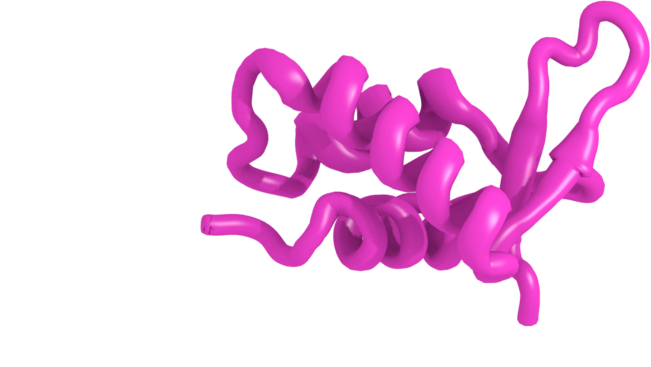
/ H1 / Variant: generic H1
Description
H1 has mainly species specific variants. In current version of HistoneDB all H1 are presented as genericH1 class, except for several interesting species specific variants which are provided as separate classes.Alternate names: gen H1
Features
Below, you can explore the features of generic H1 from Homo sapiens, if available and how it compares to the canonical histones of the same type (first row). Canonical histone is shown in the first row, the names and descriptions of each feature can be found underneath. To explore variants from other species, please browse our curated sequences, automatically extracted sequences, or by taxonomy.
Keys: red - identical residues, blue - different residues (if more than one sequence).
General histone type features
alpha1
Alpha1-helix, first helix of winged helix-turn-helix domain
beta1
Beta-strand between two helices
alpha2
Alpha2-helix, second helix of winged helix-turn-helix domain
alpha3
Alpha3-helix
beta2
Beta-strand of short beta-sheet of C-terminal region
beta3
Beta-strand of short beta-sheet of C-terminal region
AKP helix
Positively charged carboxy-terminal domain involved in specific protein-protein and protein-DNA interactions, possibly plays roles in suppressing core histone tail domain acetylation in chromatin fiber.
References
- Talbert PB, Ahmad K, et al. "A unified phylogeny-based nomenclature for histone variants." Epigenetics Chromatin, 2012. PMID: 22650316
- Harshman SW, Young NL, et al. "H1 histones: current perspectives and challenges." Nucleic Acids Res, 2013. PMID: 23945933
- Zlatanova J, Caiafa P, et al. "Linker histone binding and displacement: versatile mechanism for transcriptional regulation." FASEB J, 2000. PMID: 10973918
- Kasinsky HE, Lewis JD, et al. "Origin of H1 linker histones." FASEB J, 2001. PMID: 11149891
- Zhou BR, Jiang J, et al. "Structural Mechanisms of Nucleosome Recognition by Linker Histones." Mol Cell, 2015. PMID: 26212454
A set of manually selected and validated histone sequences is listed in the table. Click on an entry in the table to update the annotated sequence preview: a variant will be compared with the canonical histone from the same species (if available).
Alternatively, tick mark the sequences and use toolbar to view MSA, export or add to basket. Use search or filters to find particular entries.
Keys: red - identical residues, blue - different residues (if more than one sequence). For feature legend see summary tab.
Sequence preview and annotation... LOADING
Min Score
Max Score
48.1
237.8
You selected: root
Note: variant classification might be ambigous between very similar variants. Classification scores against all variant models are available via advanced menu.
Features characteristic for a given histone type/variant are marked below the consensus sequence. For feature description see summary tabs of the corresponding variants pages.
Keys: red - 80% identical, blue - 50% identical columns. X-ambigous positions in consensus sequence.